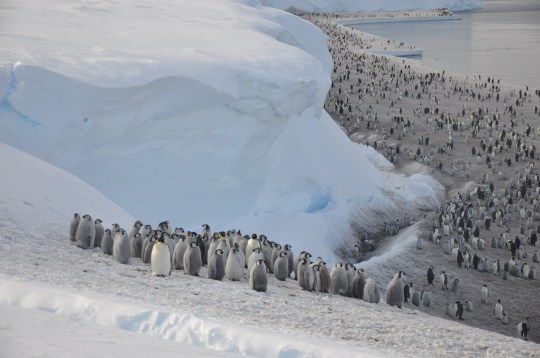
Фото: Кристофер Уолтон / SWNS
Технологии спутникового картографирования помогли ученым найти 11 ранее скрытых колоний императорских пингвинов. Об этом пишет Metro.
Таким образом предполагаемая популяция этих пингвинов выросла на 5-10 процентов и должна составлять более полумиллиона особей. Такая надбавка явно не помешает птицам, которые, фактически, находятся в авангарде видов, которым угрожает глобальные изменение климата Земли.
Пингвины размножаются на морском льде, которого с каждым годом становится все меньше из-за увлечения средних температур. Несмотря на открытие новых мест обитания и размножения, императорские пингвины все равно остаются в зоне риска. Ученые называют их «канарейками в шахте», имея в виду, что по состоянию популяции пингвинов можно будет фиксировать общие тенденции и масштабы изменений климата.
Императорские пингвины — крупнейшие пингвины в мире, они могут весить до 40 килограмм и жить до 20 лет. Яйца высиживает самец. Они привыкли жить и плодиться в суровых зимних условиях, которые являются для них вполне комфортными.





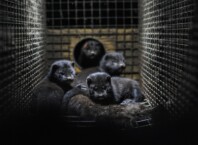

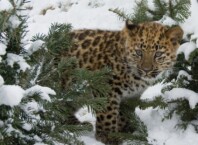
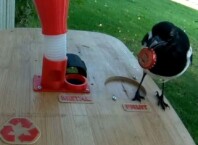


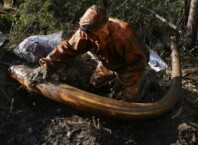












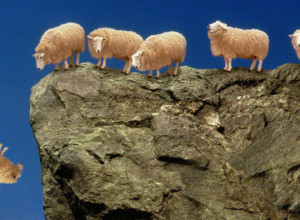
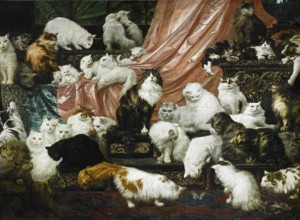






Как овцы живут, дружат и грустят